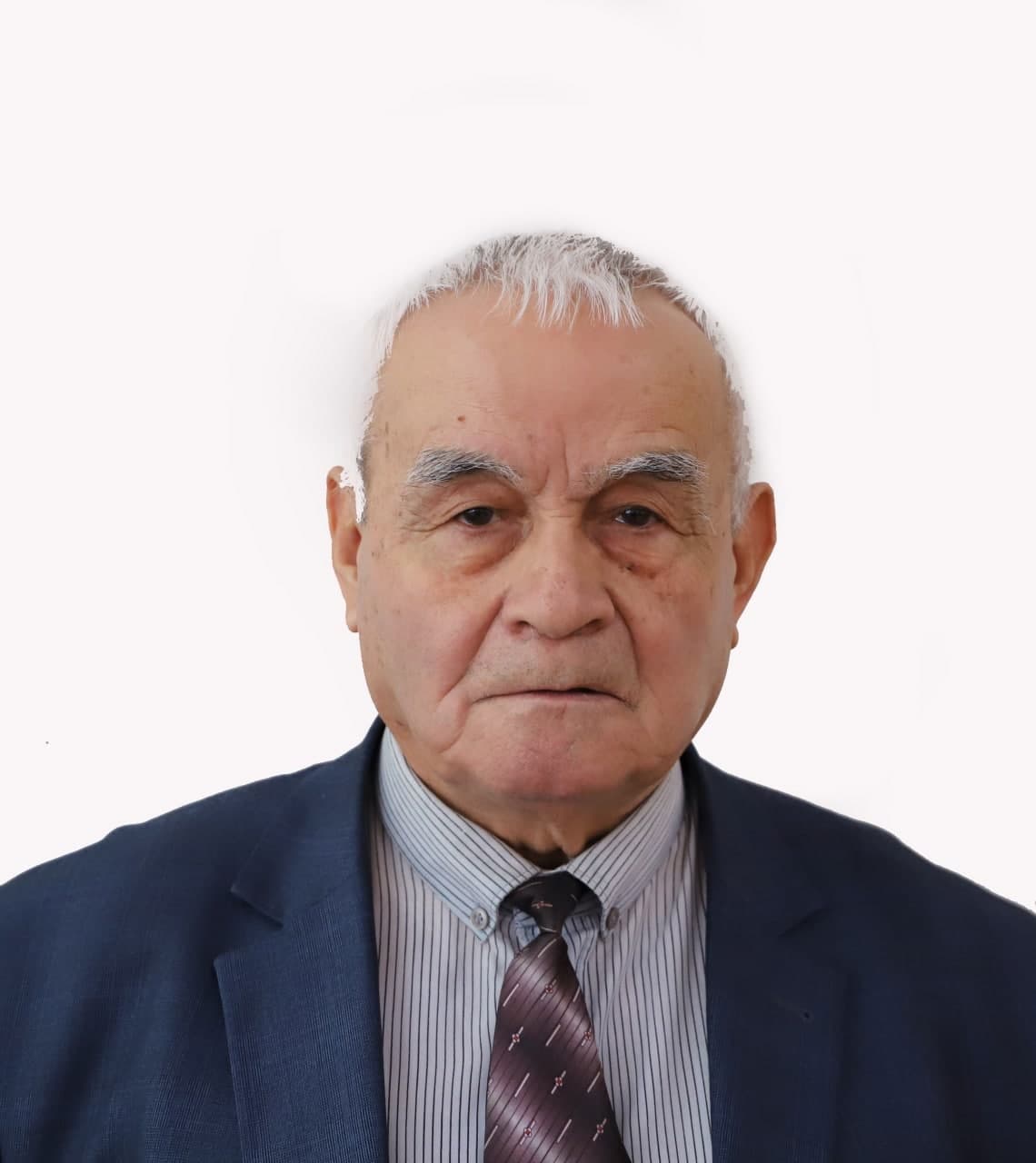Author: Ostonov, Sharifjon Qoyir o’g’li; Ibotov, Bobur Odil o’g’li; Nurmurotova, Shaxlo Oybek qizi; Ikromov, Aslonbek Madaminjon o‘g‘li
Annotation: Today, the high level of development of techniques and technologies leads to an increase in the demand for the consumption of metals. The continuous growth of the production of heavy non-ferrous metals has led to an increase in the consumption of man-made waste, which is seen not only as a source of additional production of metals, but also as a factor in reducing the cost of finished products. In the coming years, JSC "Almaliq KMK" plans to increase the volume of copper production by 1.5-2 times, as a result of which the amount of man-made waste (slags, gases, dust, sludge, washing solutions, waste water, etc.) will also increase, which will be recycled. and performance requires a special approach. . Having the metals in a molten state makes their separation somewhat easier. Because, as we know, the main expenses in the metallurgical industry are spent on the processes of preparation for processing. Waste water containing rhodanite ions was used in the separation of metals from the wastewater of the copper sulfate workshop.
Keywords: copper sulfate, nickel, hydrometallurgy, ammonium rhodanide, copper sulfate, technological solution, mass spectrometer selectivity, electrolyte
Pages in journal: 858 - 866







